There’s something undeniably charming about the gentle rumble beneath your feet as you walk across centuries-old cobblestone streets. These stone pathways have witnessed generations of footsteps, weathered countless seasons, and maintained their distinctive character despite our modern preference for smooth asphalt.
Here is a list of 15 villages around the world where cobblestones aren’t merely decorative accents but essential elements of their identity, covering streets, plazas, and even building façades.
Dinan
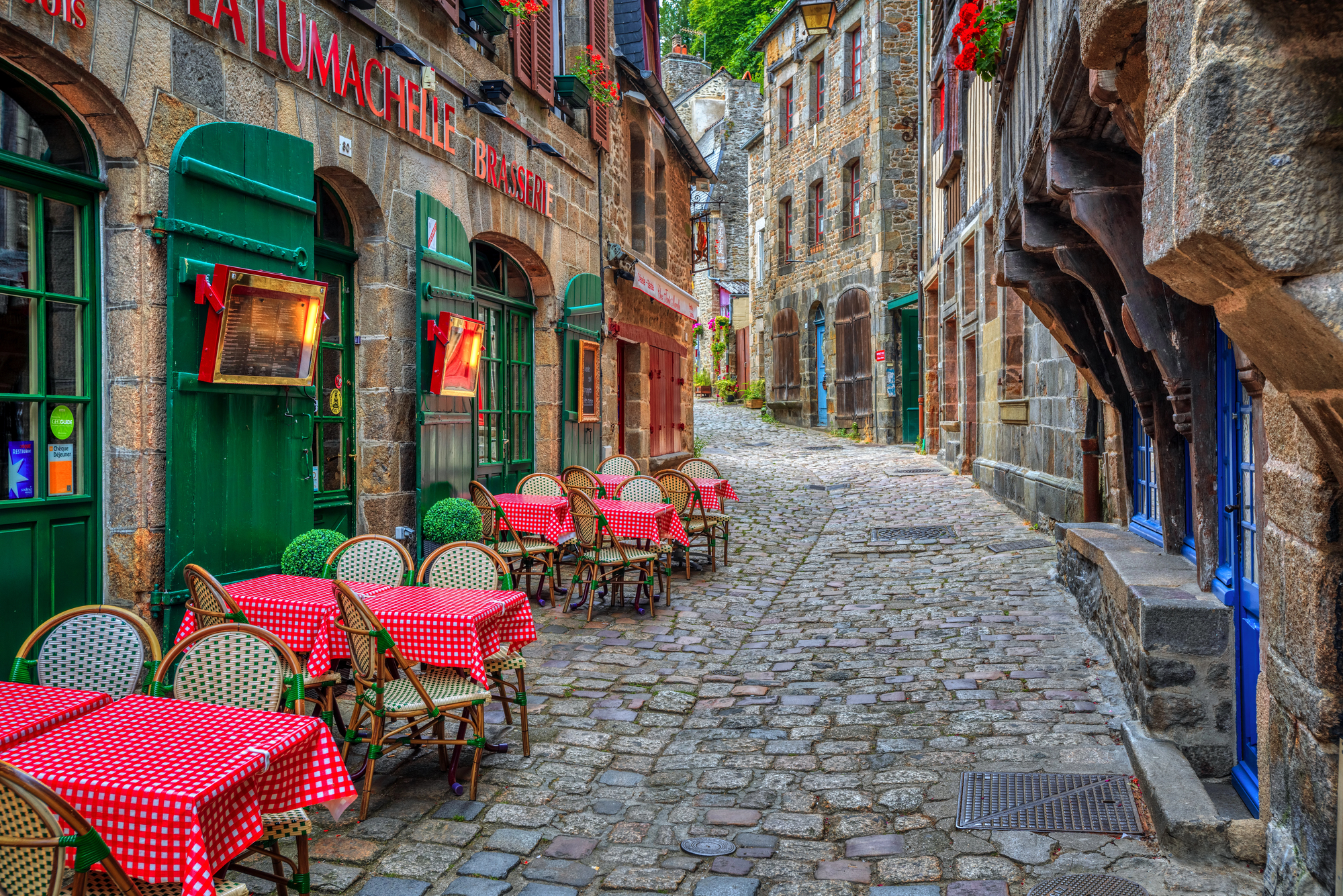
This medieval Brittany gem features remarkably intact cobblestone streets winding up and down its steep hillside location. The uneven stones of Rue du Jerzual provide a natural brake system on the precipitous slope connecting the port to the upper town.
Buildings constructed between the 13th and 16th centuries crowd together along these ancient pathways, their half-timbered façades leaning slightly toward each other as if sharing secrets across the narrow passages.
Óbidos

Encircled by medieval walls, this Portuguese whitewashed village contains a network of cobblestone streets so pristine they appear freshly installed despite their ancient origins. The main thoroughfare runs between the city gate and the 12th-century castle, flanked by buildings adorned with brilliant bougainvillea cascading over whitewashed walls.
Local ordinances have preserved not only the stones themselves but also the traditional patterns in which they’re laid, creating geometric designs that appear almost decorative.
Veliko Tarnovo

Built dramatically across three hills above Bulgaria’s Yantra River, this former capital features cobblestone streets that follow impossibly steep contours. The ancient stones create natural staircases up the hillsides between National Revival architecture dating from the 18th and 19th centuries.
The sound of footsteps echoing across these pathways becomes particularly haunting during foggy mornings, when the river valley fills with mist, creating an atmosphere that feels suspended in time.
Like Travel Pug’s content? Follow us on MSN.
Guanajuato
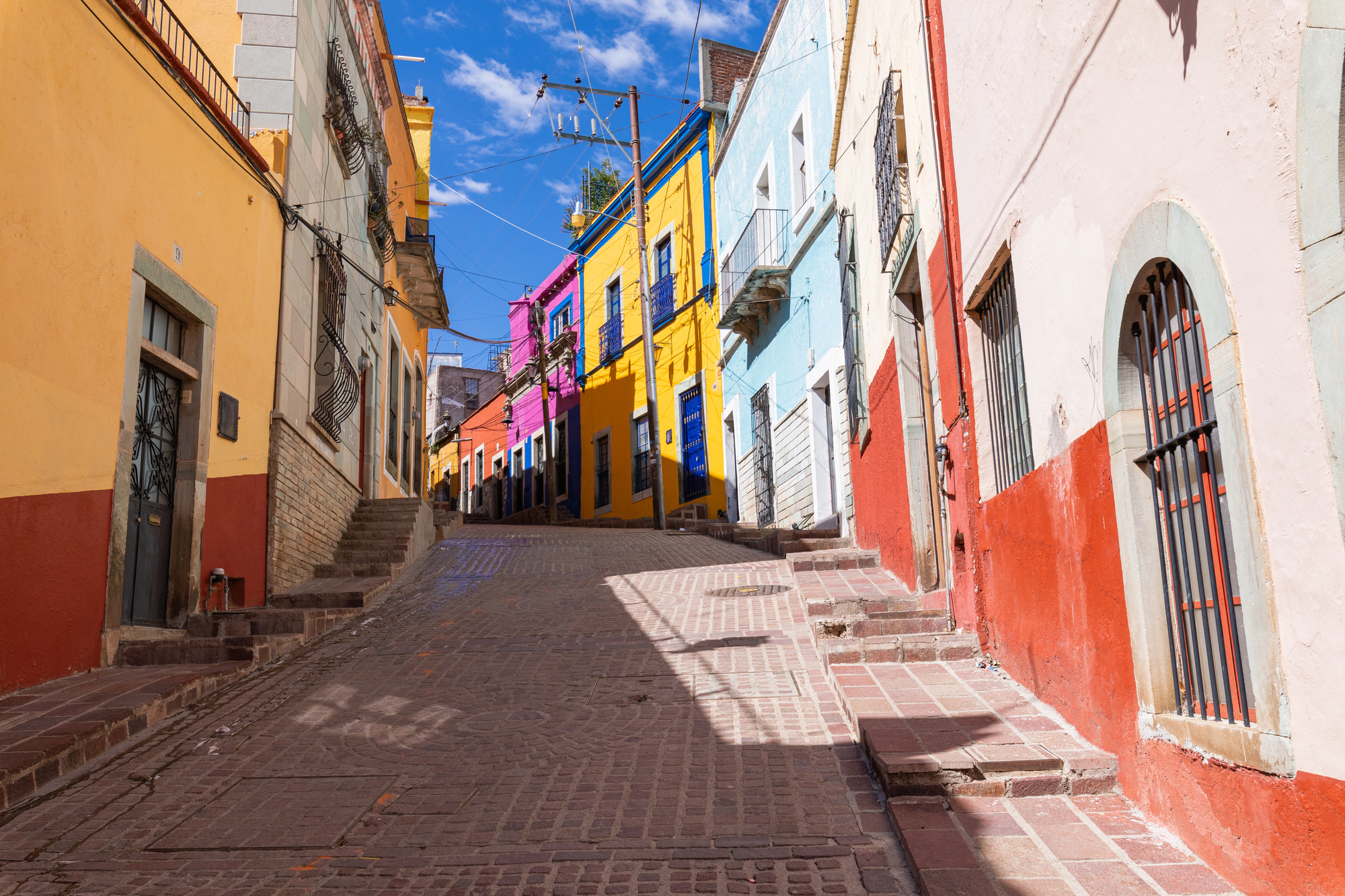
This Mexican colonial city constructed its streets from locally quarried pink and green stone, creating multi-hued cobblestone pathways throughout the historic center. The city’s unique network of underground tunnels—originally built for flood control and mining access—features cobblestone roadways that vehicles now used to navigate beneath the pedestrian-friendly historic center.
Above ground, the maze-like alleyways include the famous Callejón del Beso (Alley of the Kiss), so narrow that balconies nearly touch across the cobblestones below.
Rothenburg ob der Tauber
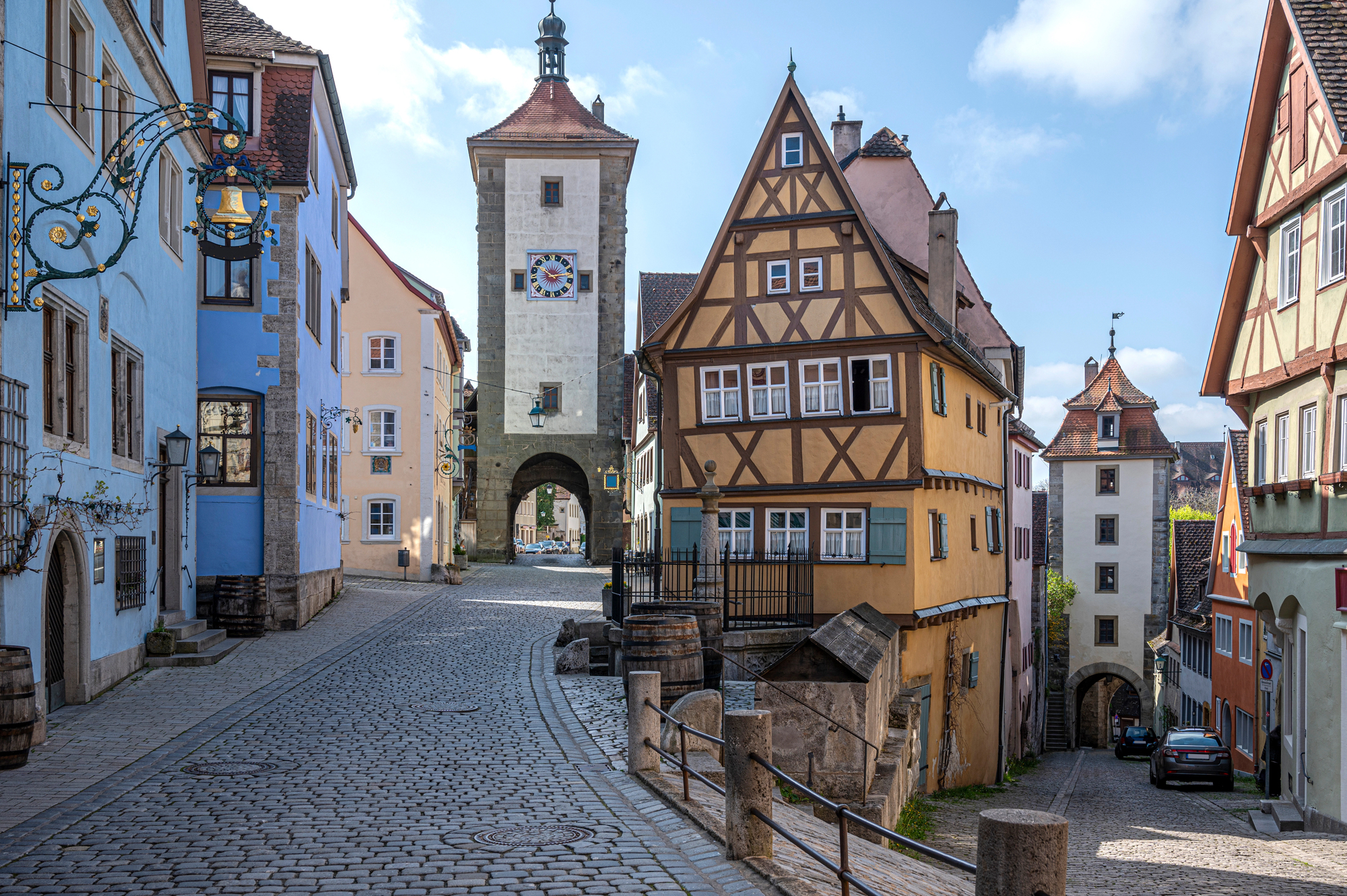
Germany’s best-preserved medieval town maintains cobblestone streets that have remained largely unchanged since the 13th century. The stones form subtle drainage channels directing rainwater toward central gutters, demonstrating medieval engineering that remains functional after 800 years.
The town’s defensive wall creates a complete circle around these ancient pathways, with towers and gates marking transitions between neighborhoods that each feature slightly different cobblestone patterns.
Clovelly
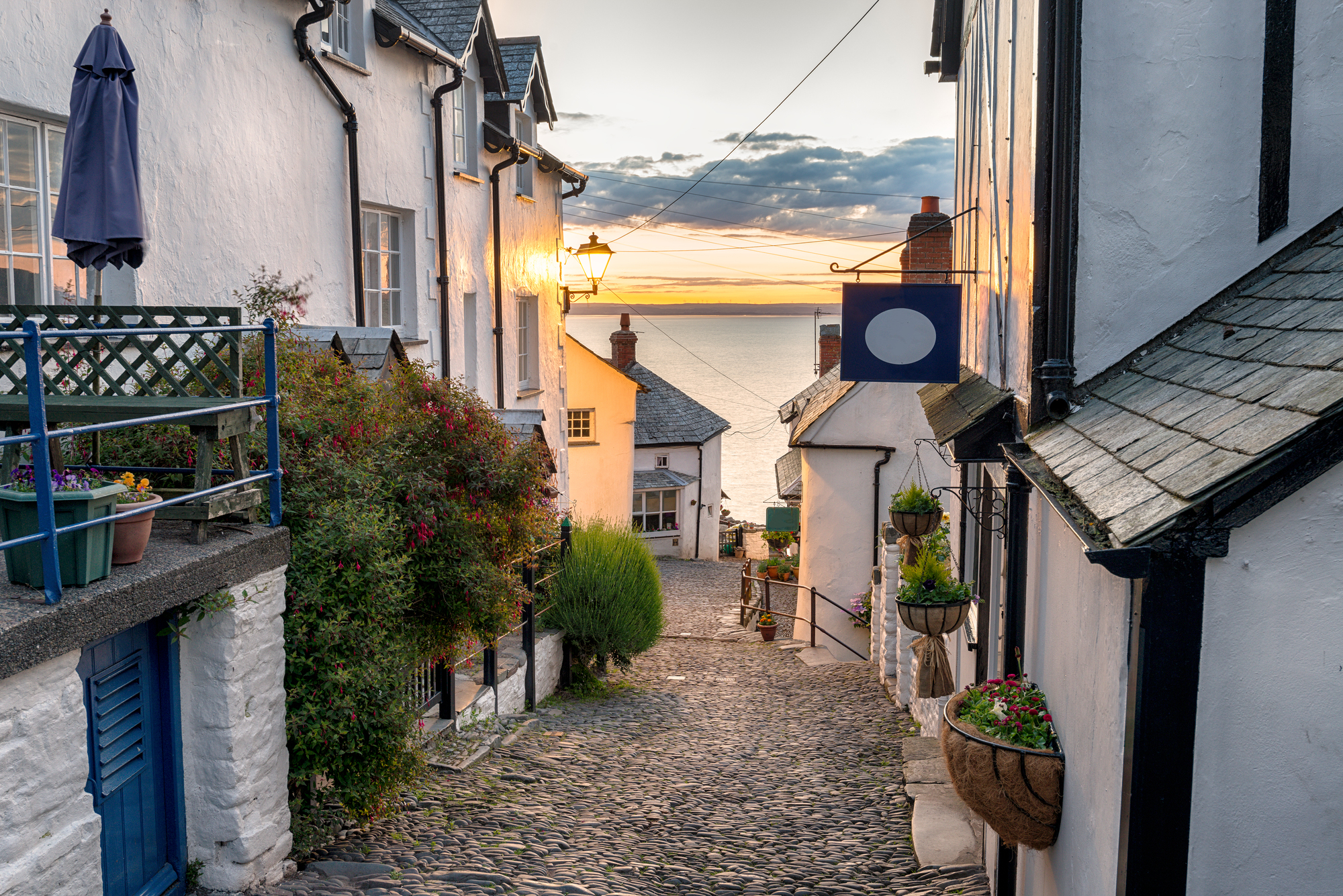
This Devon village in England prohibits vehicles entirely, with cobblestone streets descending so steeply toward the harbor that goods were traditionally moved on wooden sledges rather than wheeled carts. The stones are set in a herringbone pattern that provides traction on the 400-foot descent from the village top to the harbor below.
Residents still transport supplies using wooden sledges, maintaining traditions directly shaped by the unique cobblestone environment.
Like Travel Pug’s content? Follow us on MSN.
Giethoorn
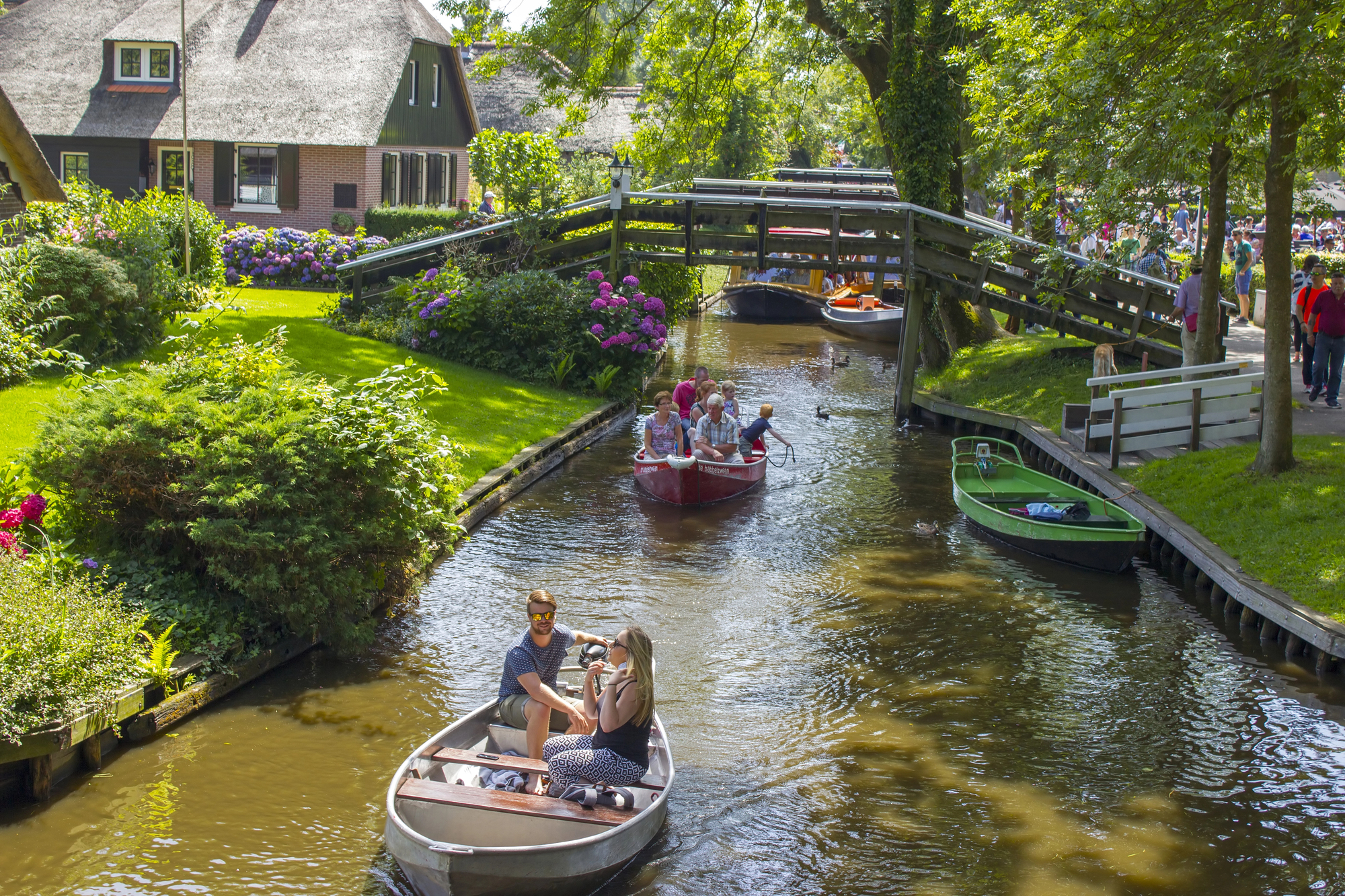
Often called the ‘Venice of the Netherlands,’ this Dutch village combines cobblestone pathways with an extensive canal system where boats replace cars. The narrow stone footpaths connect thatched-roof cottages across tiny islands formed by the waterways crisscrossing the settlement.
The absence of vehicle traffic preserves both the cobblestones and the tranquil atmosphere that has made this village famous for its peaceful environment.
Alberobello
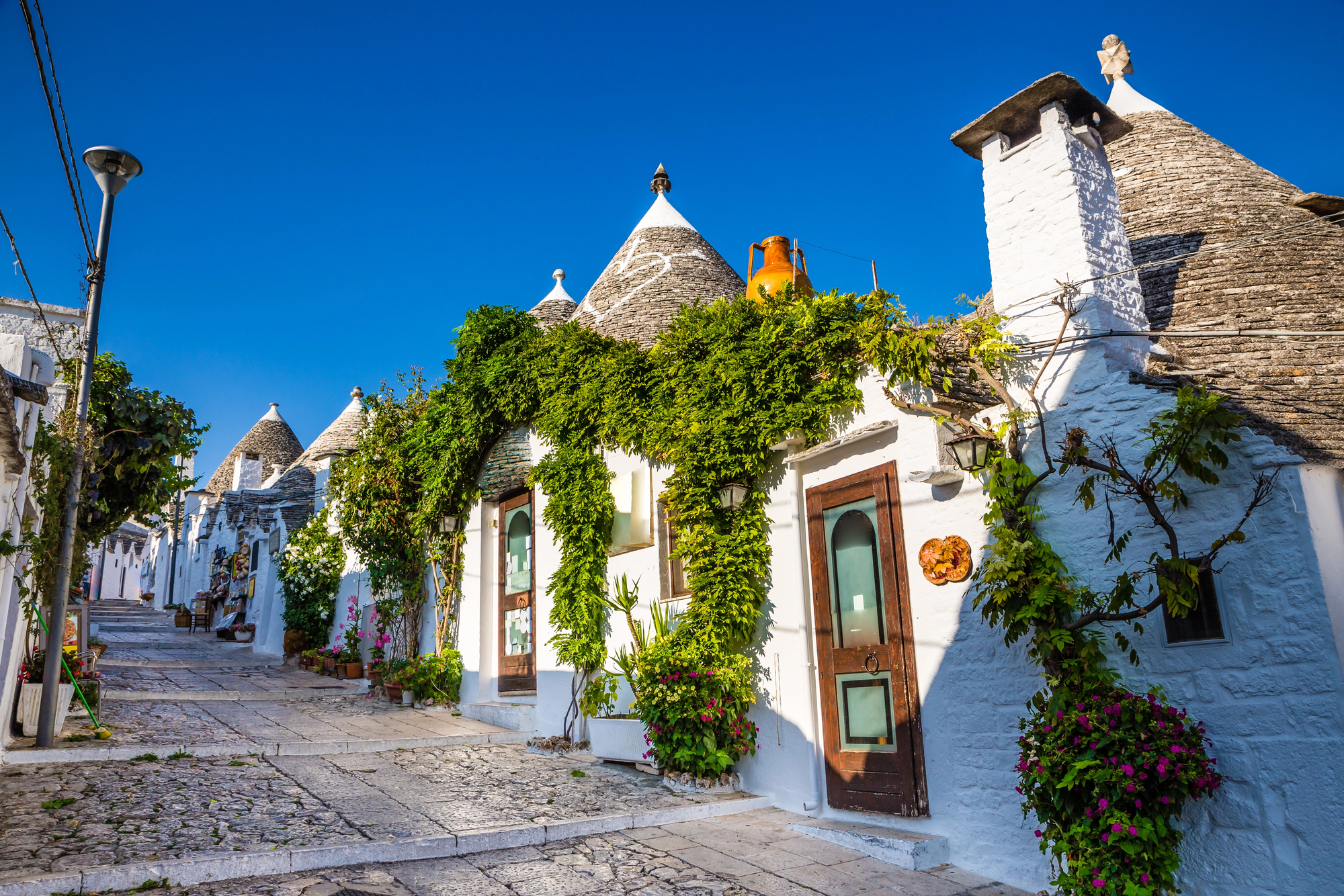
This unique Italian village in Puglia combines distinctive trulli structures—cone-roofed stone buildings—with elaborate cobblestone streets laid in circular patterns. The stones create optical illusions of expanding and contracting spaces between the whitewashed structures with their mysterious symbols painted on the conical roofs.
Local craftsmen still maintain these pathways using traditional methods, carefully fitting each stone by hand as their ancestors have done for generations.
Monsanto
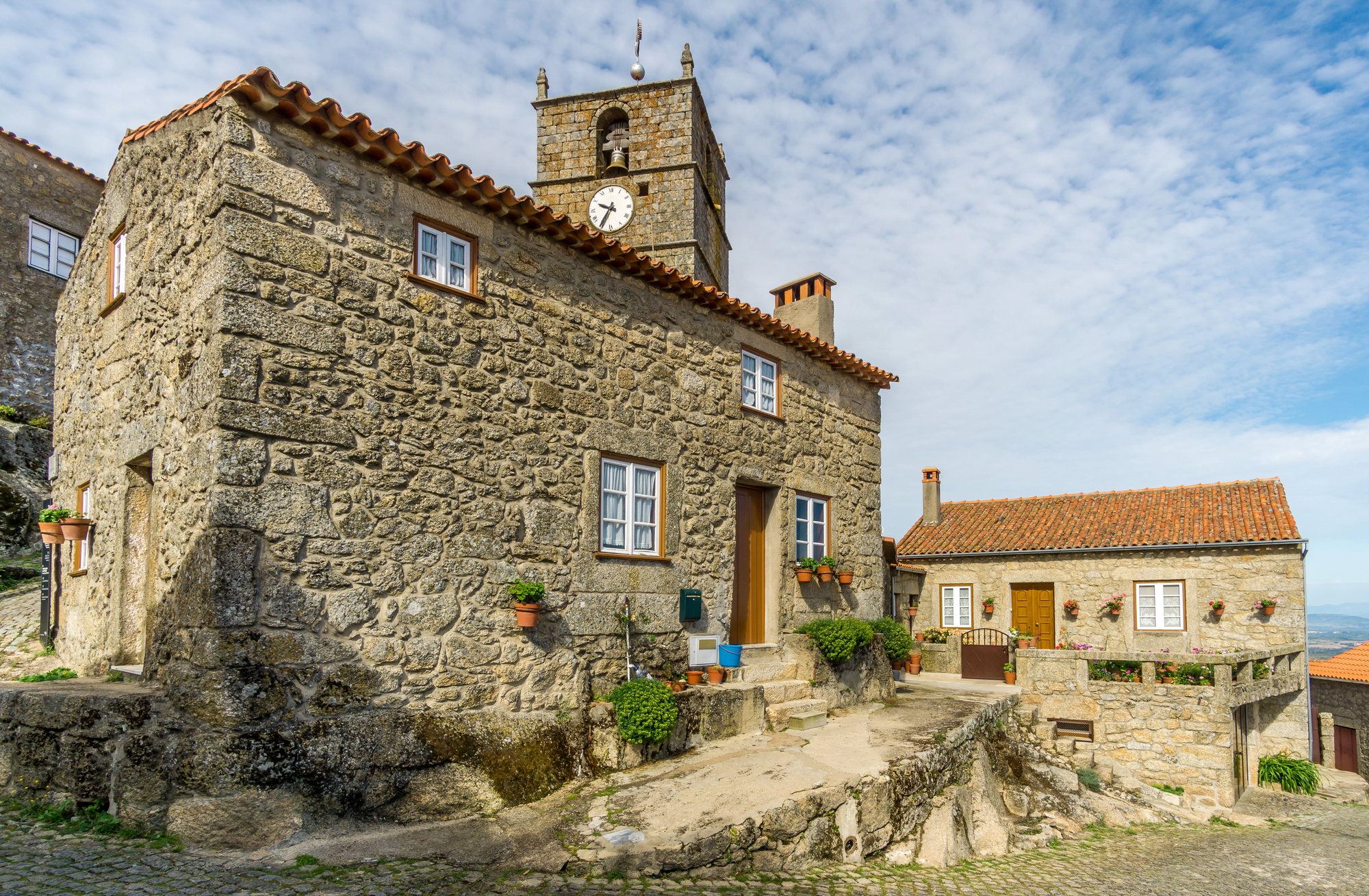
Built among enormous boulder formations in Portugal, this village incorporates natural granite into both buildings and streets. The cobblestone pathways wind between and sometimes under massive rocks that appear precariously balanced above the village.
Houses are constructed directly into the boulders, creating a seamless transition between natural stone formations and human-crafted cobblestone streets.
Like Travel Pug’s content? Follow us on MSN.
Locronan
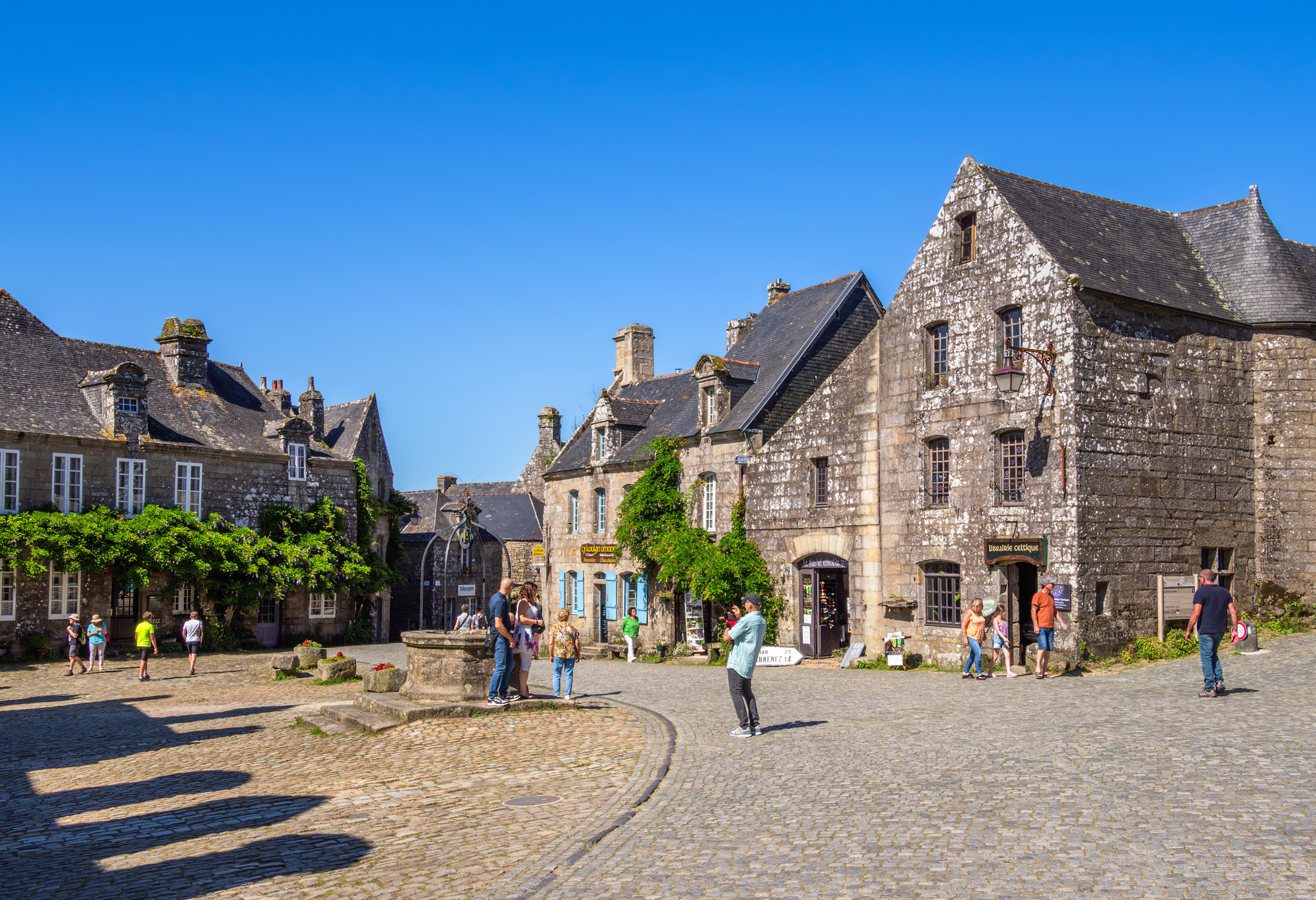
Named after a 5th-century Irish hermit, this Brittany village in France features exceptionally well-preserved Renaissance architecture lining wide cobblestone squares and streets. The distinctive local granite gives the cobblestones a silvery sheen that glimmers after rainfall, reflecting the light against the gray stone buildings.
The village strictly controls even the smallest modifications to these historic surfaces, maintaining the precise patterns established centuries ago.
Pienza

Designed as the ‘ideal Renaissance city’ under Pope Pius II, this Tuscan village features cobblestone streets laid in sophisticated geometric patterns that complement the perfect proportions of the surrounding architecture. The main piazza uses stones arranged in herringbone designs that direct the eye toward the cathedral façade.
The cobblestones extend seamlessly from streets into building courtyards, creating a unified stone landscape throughout the UNESCO-protected center.
Mostar
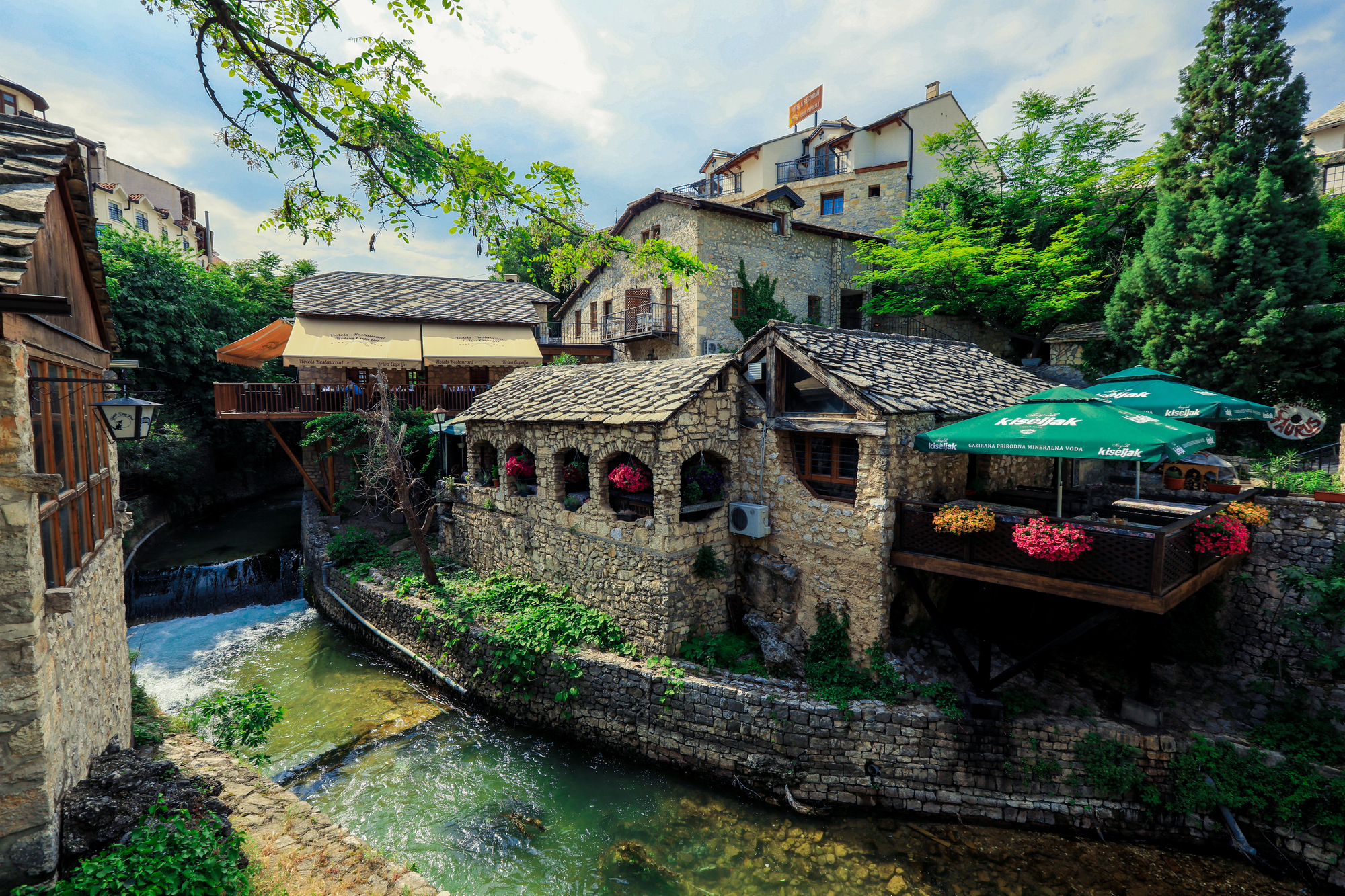
Reconstructed following the Bosnian War, the cobblestone streets of this historic city represent remarkable preservation efforts that restored the Ottoman-era stone patterns. The famous Stari Most (Old Bridge) connects cobblestone pathways on either side of the Neretva River with surfaces polished to a marble-like shine by centuries of foot traffic.
The stones change color from cream to gold depending on the quality of light throughout the day, creating a constantly shifting atmosphere.
Like Travel Pug’s content? Follow us on MSN.
Český Krumlov

Wrapped within an S-curve of the Vltava River in the Czech Republic, this medieval village features cobblestone streets rising from the riverside to the castle complex above. The stones are set in swirling patterns that seem to flow like the river, guiding visitors through the labyrinthine layout.
Buildings painted in pastel colors with elaborate sgraffito decorations rise directly from the cobblestone base without modern sidewalks, maintaining the authentic medieval streetscape.
Hallstatt
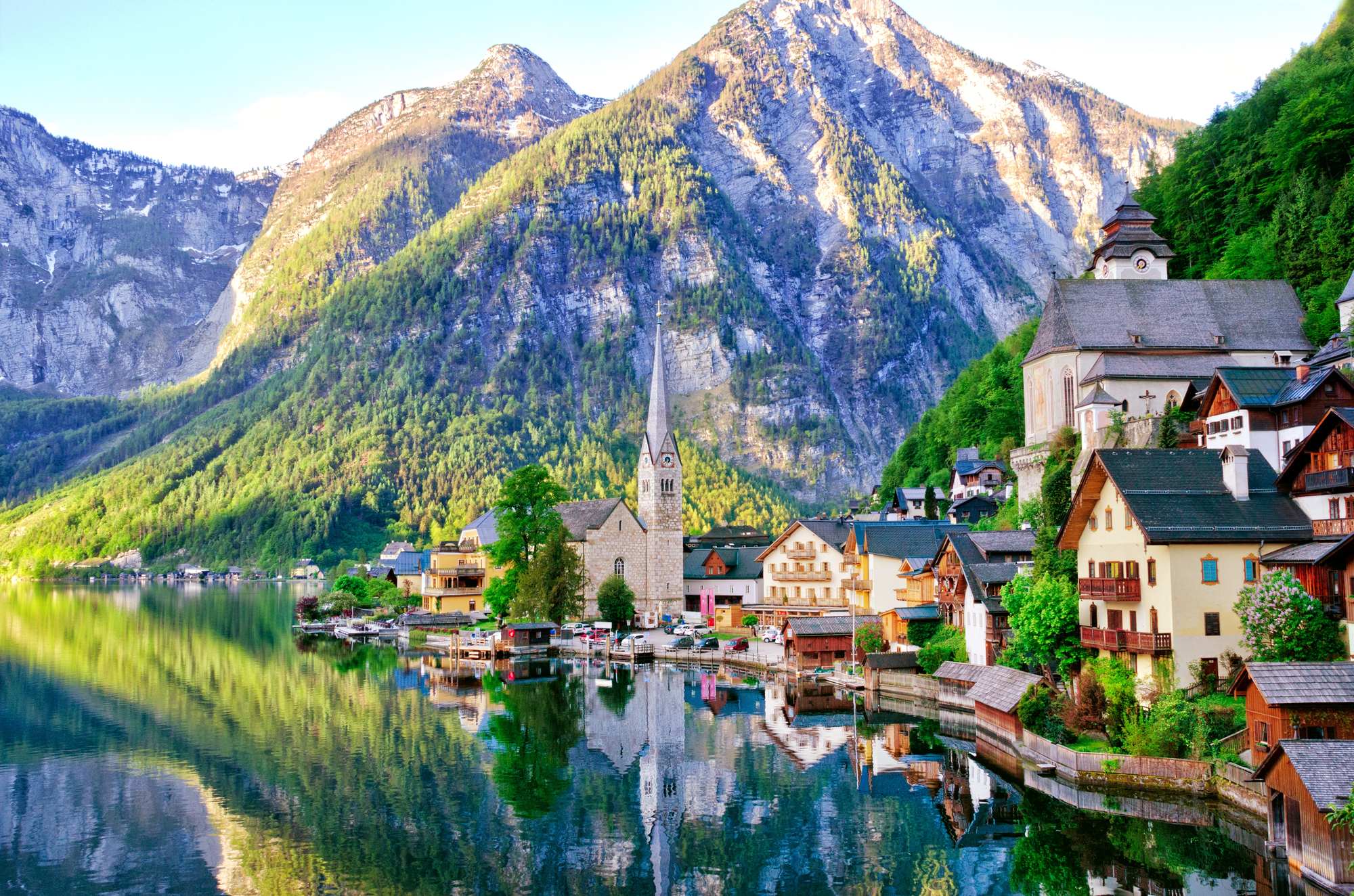
Squeezed between mountains and a lake in Austria, this Alpine village built its limited street space entirely in cobblestone that merges with stone staircases climbing the steep terrain. The pathways are so narrow that pedestrians must sometimes press against buildings to allow others to pass in the opposite direction.
The stones help prevent erosion during heavy Alpine rainfall, demonstrating how practical considerations shaped these picturesque pathways.
Santillana del Mar
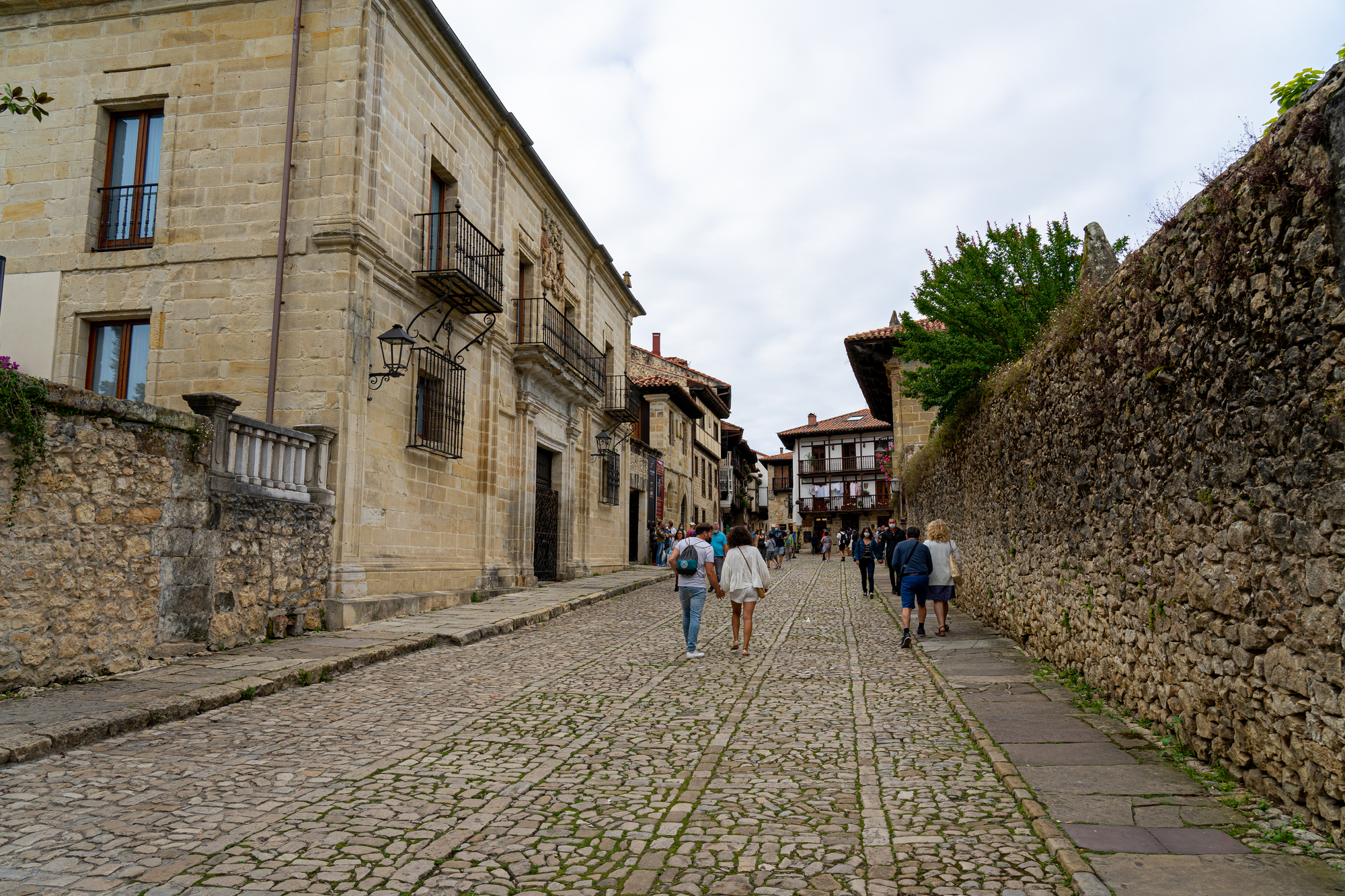
Called ‘the town of three lies’ in Spain because it’s neither holy (santa), flat (llana), nor does it have a sea (mar), this medieval village maintained its cobblestone streets through strict preservation ordinances established in 1889. Buildings constructed between the 14th and 18th centuries line these ancient pathways, with the stones extending right to their foundations without modern curbs or sidewalks.
Farm animals occasionally still traverse these same routes their ancestors followed for centuries, connecting the village to its agricultural roots.
Like Travel Pug’s content? Follow us on MSN.
Enduring Foundations
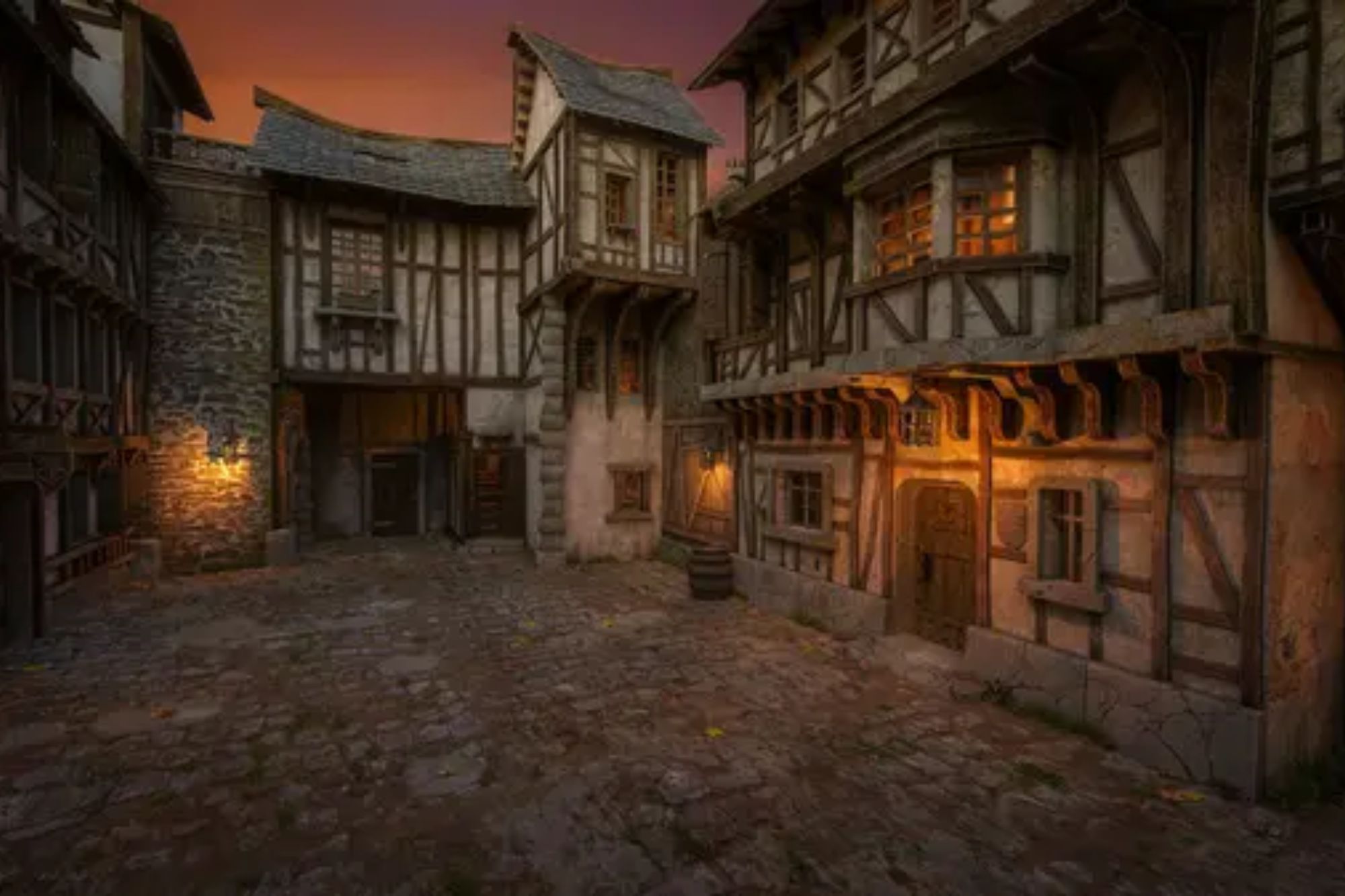
These cobblestone villages represent living museums of pre-industrial civil engineering, where each carefully placed stone tells a story of human ingenuity adapting to local conditions with available materials. Modern visitors find themselves naturally slowing their pace across these uneven surfaces, inadvertently adjusting to the rhythm of life these villages were built to accommodate.
In our rapidly changing world, these stone pathways offer rare connections to environments shaped entirely by human hands working without power tools or heavy machinery—enduring testaments to craftsmanship that remains visible with every step.
More from Travel Pug

- Cities Growing so Fast You Won’t Recognize Them in 10 Years
- 13 Destinations Where Tourists Regularly Regret Their Trip
- 16 U.S. Cities That Are Quietly Becoming Travel Hotspots
- Where to Travel If You Love Long Bus Rides and Daydreams
- 20 Cities Perfect for Solo Travelers Who Crave Adventure & Culture
Like Travel Pug’s content? Follow us on MSN.
